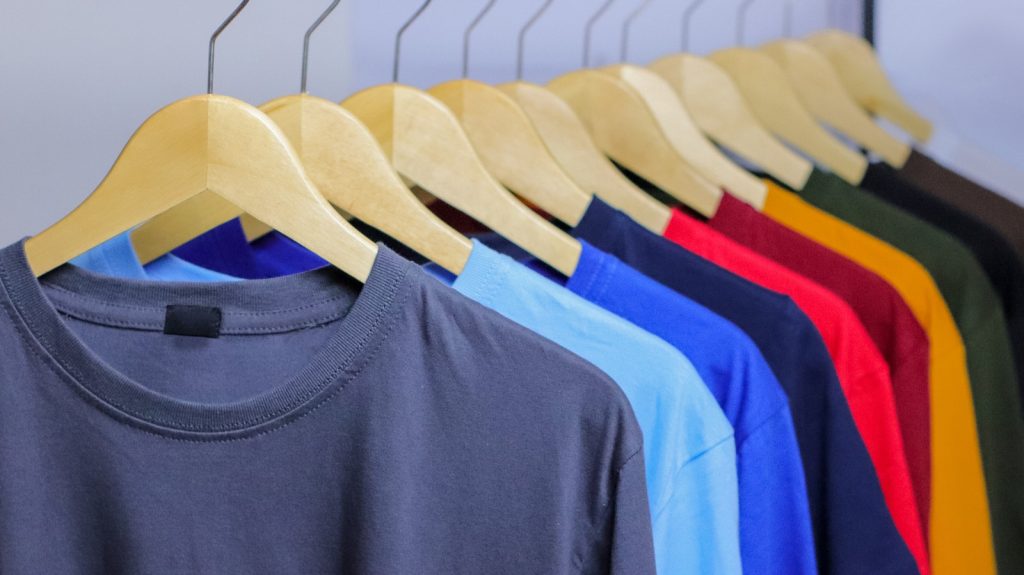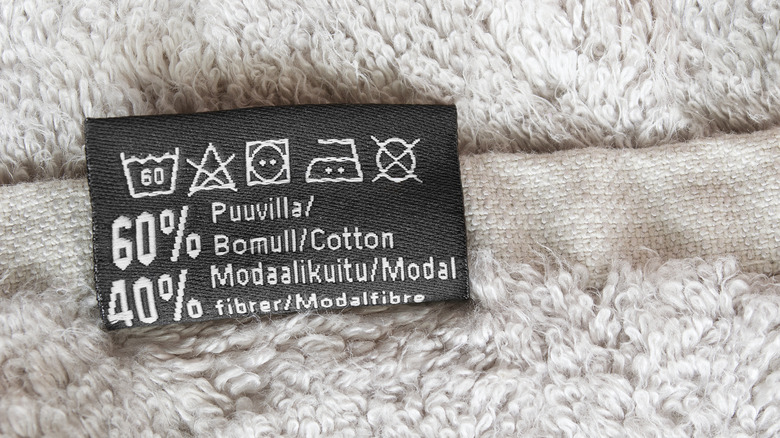Book Appointment Now
The sustainability of modal material isn’t always cut and dry
While some eco-conscious consumers claim that seaweed is the future of sustainable fashion, modal fabric has been similarly marketed as an environmentally friendly option. Still, it’s important to note that a product’s sustainability is largely reliant on its manufacturing and processing practices, and those environmental standards vary across companies. For example, Lenzing AG produces a low-impact modal, marketed as TENCEL Modal, with the company utilizing protected manufacturing processes that minimize deforestation, harmful emissions, and water usage. Those interested in sustainable modal products should look for the TENCEL certification, but there’s a little more that goes into the fabric’s environmental rating.
While Lenzing AG produces sustainably-made yarn, mills and manufacturers utilize harmful chemicals to turn the yarn into fabric. Using substances like carbon disulfide and sodium hydroxide, also known as caustic soda, poses serious risks to laborers, environments, and animals if manufacturers don’t take steps to minimize contamination and exposure. A similar process is used to create viscose, but modal manufacturing requires less caustic soda, comparatively reducing the amount of toxic waste being produced. In this way, modal fabric is an eco-friendly alternative to common textiles like cotton and viscose, but it still has the potential to be made unsustainably.
The fabric has other pros and cons
Modal fabric has some other benefits outside of its sustainable nature, with the material being advertised as particularly soft and durable. Its texture is often compared to silk, as it has a sleek and lightweight feel. While summer is the perfect time to invest in bamboo-made clothing, modal is another breathable fabric to consider during the warmer months. Its airy nature is comparable to cotton, but it’s 50% more absorbent than the fluffy alternative, which is important to keep in mind when selecting athletic clothing.
A notable downside to modal fabric is the potential for allergic reactions; some individuals report redness and itchiness after coming in contact with the material. This can be caused by either the natural origin of the textile or the chemicals used during the manufacturing process — a detail that those with sensitive skin should be mindful of. Overall, those inspired by celebs who are sustainable fashion icons should keep an eye out for modal-made products, but remain conscious that the fabric isn’t always a perfect alternative to other materials.









